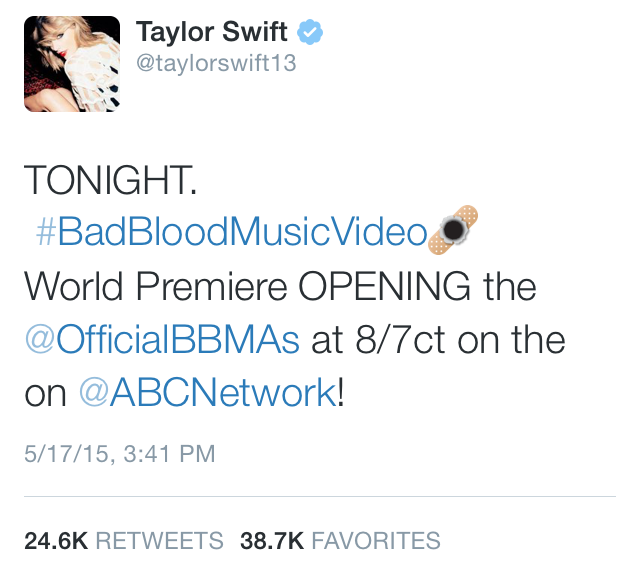Hashflags – what are they and how do you use them?

Yes, you read that right – hashflags, not hashtags. This article is all about them: what exactly is this “new” phenomenon, and why should you care?
The first hashflags were introduced way back in 2014 to promote the FIFA World Cup in Brazil, depicting the participating countries’ flags. Hence the name: hashtag + flag = hashflag. As you can tell, hashflags aren’t actually new, they’ve been around for years. But now they are resurfacing and there seems to be a lot of confusion surrounding them since people haven’t really talked about them enough. So, we want to help clear some things up!
Basically, hashflags are Twitter-exclusive hashtag-activated emojis. Unlike the regular emojis that you can find and use basically anywhere on the Internet, hashflags are all individually customized for specific campaigns or events (they’re not just flags anymore), which also means that they’re only available for short periods of time. Not only do they uniquely exist on Twitter, but they also can’t be used on their own, like normal emojis, as they automatically appear at the end of certain hashtags as you type them.
While they didn’t have a price tag when they were launched, today, in 2021, hashflags cost quite a bit – but not as much as they used to. Pepsi reportedly paid over one million dollars (!) for a hashflag during the 2016 Super Bowl. To be fair, it was the Super Bowl (aka a famously expensive marketing opportunity), and back then hashflags were still new and very exclusive. Twitter doesn’t only sell hashflags to brands, though, they also create some themselves for big holidays or general happenings in the world that aren’t owned by a company.
When a hashflag is created, anyone can use it. For example, when Coca-Cola launched #ShareaCoke in 2015 (which was actually the very first paid hashflag), the emoticon of two coke bottles cheersing would automatically appear when any Twitter user typed #shareacoke. And when the campaign was over, the coke bottles emoticon no longer appeared in association with the hashtag. From hashtag, to hashflag, and back to hashtag.

Another example, the first celebrity to use a hashflag, who promoted her new music video:

If you can’t tell, the #BadBloodMusicVideo hashflag depicts a bandaid with a gunshot hole in the middle.
Here’s a bunch more hashflag examples:

Hashflags disappear after the campaign, occasion or event is over, but luckily there’s a Twitter bot account that documents all hashflags as they are activated. As you can see below, in the text vs. image of the tweets, here are two examples of hashtags that used to include hashflags ⬇️

But are hashflags actually worth it? Well, the Coca-Cola hashflag that we just talked about generated over 175,000 mentions in the first 24 hours and led to their competitor Pepsi following up with their own campaign shortly afterward (the Superbowl one, remember?). To be fair, those were two extremely successful hashflag campaigns, and obviously every hashflag doesn’t get that much attention; but if done right, they can definitely make a difference. A tweet with a hashflag certainly sticks out next to regular tweets, and they often start trending quickly, too. The best way to launch a hashflag is to connect it to a large event or happening. With the right hashtag, hashflag and timing, your campaign could create some buzz for sure. All in all, hashflags can be a great marketing tool for brands (with enough dough).
Twitter users are always inclined to try out new trends, and considering that hashflags have a time limit on them, which makes people want to try them out before they’re gone, they are an obvious hit. If you ask us, another big part of the success is due to the fact that people simply love emoticons and emojis. We spent such a long time with little to no options for expression in digital communication outside of words that a lot of people are still almost overwhelmed with the wide range of emoji options to choose from. Remember :-) and xD? Some people still use them (most of which do it ironically since they are so outdated), but the vast majority prefer emojis. Another aspect of hashtags’ popularity is because people, especially Twitter users, love to try out new trends and get involved with the community.
What do you think about hashflags? Would you consider creating one for your brand?
More information:
Bianca Rior, Digital Marketing Specialist, Flowbox
bianca.rior@getflowbox.com






